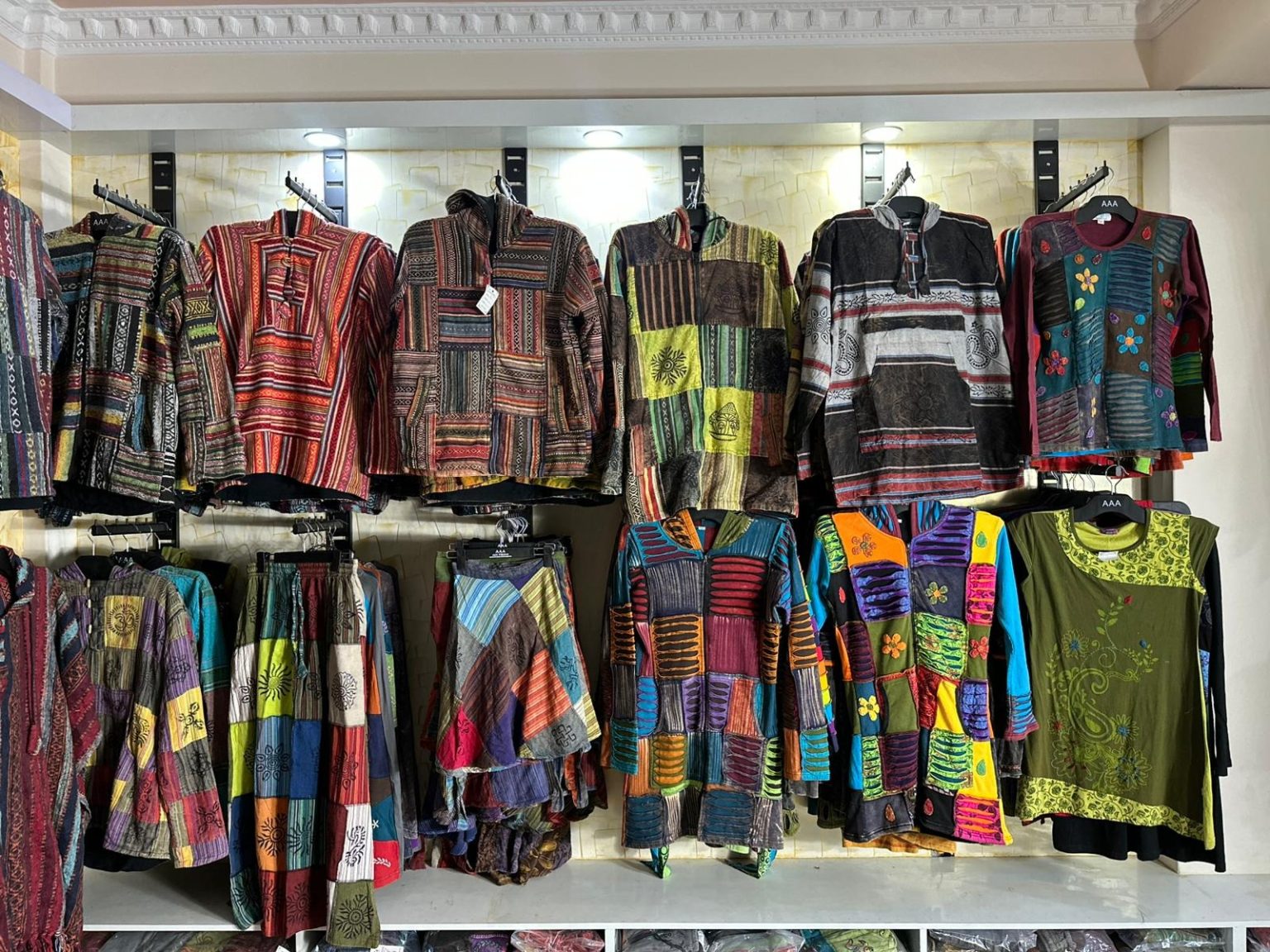In the tapestry of fashion, certain garments transcend their time, becoming not just clothes but symbols of an era’s ethos. The Hippie Gheri Jacket is one such icon. More than just a piece of outerwear, it is a wearable manifesto of a counter-cultural movement that championed peace, love, and a return to nature. While its roots are firmly planted in the free-spirited 1960s and 70s, the Gheri jacket’s unique blend of artisanal craftsmanship, comfort, and bohemian style has ensured its survival and resurgence in contemporary fashion. This article delves into the history, cultural significance, and enduring appeal of this remarkable garment, exploring how it continues to captivate a new generation of style enthusiasts.
The Genesis of a Style Icon
To understand the Gheri jacket, one must first appreciate the cultural climate in which it emerged. The 1960s were a period of profound social and political upheaval. Disillusioned with mainstream society and the Vietnam War, young people sought alternative lifestyles, creating the “hippie” movement. This subculture was characterized by its rejection of materialism, its embrace of spiritualism, and its commitment to social justice. These values were reflected in their clothing, which moved away from the structured, mass-produced garments of the post-war era towards something more organic, expressive, and handmade.
The Gheri jacket, with its distinct weave and colorful patterns, became a perfect embodiment of this aesthetic. While the exact origins are often debated, it is widely believed that the style was heavily influenced by traditional clothing from Nepal and parts of India. Hippie travelers, seeking enlightenment and adventure on the “Hippie Trail,” encountered and adopted these garments, bringing them back to the West. The name “Gheri” itself refers to the specific coarse, hand-loomed fabric from which the jackets are made. This fabric, often a blend of cotton and other natural fibers, is characterized by its uneven texture and vibrant, sometimes abstract, patterns created by a complex weaving process.
The Gheri Jacket: A Tapestry of Meaning
The Gheri jacket’s significance goes far beyond its aesthetic appeal. Each jacket is a unique piece of wearable art, a testament to the skill and patience of the artisan who created it. This handmade quality directly opposed the industrial uniformity of mass-produced clothing. Wearing a Gheri jacket was a statement of individuality and a rejection of the consumer culture that the hippie movement so vehemently opposed. It was a choice to wear something with a story, something that felt personal and authentic.
Moreover, the jacket’s vibrant, often kaleidoscopic, colors and patterns symbolized the hippie ideals of diversity, freedom, and self-expression. The free-flowing, comfortable fit was a practical rejection of the restrictive clothing of the mainstream, promoting a sense of ease and liberation. The jacket became a uniform of sorts for those who were part of the counter-culture, easily recognizable at music festivals like Woodstock and on college campuses. It was a visual marker of shared values and a sense of community, connecting individuals who were part of the same global movement.
The Gheri Jacket in Mainstream Culture
While the Gheri jacket’s popularity was intrinsically linked to the hippie movement, its influence didn’t stop there. As the 1970s progressed, elements of bohemian style began to trickle into mainstream fashion. The Gheri jacket, with its distinct look, became a recognizable symbol of this shift. It was adopted by musicians, artists, and actors, further cementing its status as a fashion icon. The jacket’s rugged, relaxed feel made it a perfect choice for the burgeoning folk and rock music scenes, often seen on the backs of performers and their fans.
Over the decades, the Gheri jacket has periodically re-emerged in fashion cycles. In the 1990s, the rise of grunge and alternative rock saw a renewed interest in vintage and bohemian clothing. The Gheri jacket, with its worn-in look and laid-back vibe, fit perfectly into this aesthetic. More recently, in the 21st century, the growing popularity of sustainable and ethically sourced fashion has brought the jacket back into the spotlight. Consumers are increasingly looking for clothing with a story, items that are not just trendy but also environmentally and socially conscious. The Gheri jacket, with its traditional hand-loomed production, fits this narrative perfectly, offering an alternative to the fast-fashion industry.
The Modern Gheri Jacket: A Fusion of Past and Present
Today, the Hippie Gheri Jacket continues to be a staple in bohemian and ethical fashion stores. While the core design remains true to its origins, contemporary versions may feature subtle updates. Modern designers and artisans might experiment with new color palettes, incorporate different types of natural fibers, or add contemporary details like more structured pockets or hoods. However, the essence of the jacket—its unique texture, vibrant patterns, and comfortable fit—remains unchanged.
For many, wearing a Gheri jacket is more than a fashion choice; it is a way of aligning with a set of values. It’s a nod to the past, a recognition of the importance of individuality, and a statement in favor of artisanal craftsmanship over industrial production. In a world increasingly dominated by digital uniformity, a hand-loomed Gheri jacket feels refreshingly human and authentic. It is a piece of clothing that encourages a slower, more mindful approach to life and style.
Conclusion
The Hippie Gheri Jacket is much more than a historical artifact. It is a living piece of fashion history, a testament to the power of a single garment to represent an entire movement. From its humble origins in the handlooms of Nepal to its symbolic status in the counter-cultural revolution, the Gheri jacket has woven itself into the fabric of fashion and social history. Its enduring appeal lies in its unique blend of artistic craftsmanship, comfort, and the powerful message it carries—a message of peace, individuality, and a return to the beauty of the handmade. In a world of fleeting trends, the Gheri jacket stands as a timeless reminder of the enduring allure of a style that is both authentic and meaningful.
